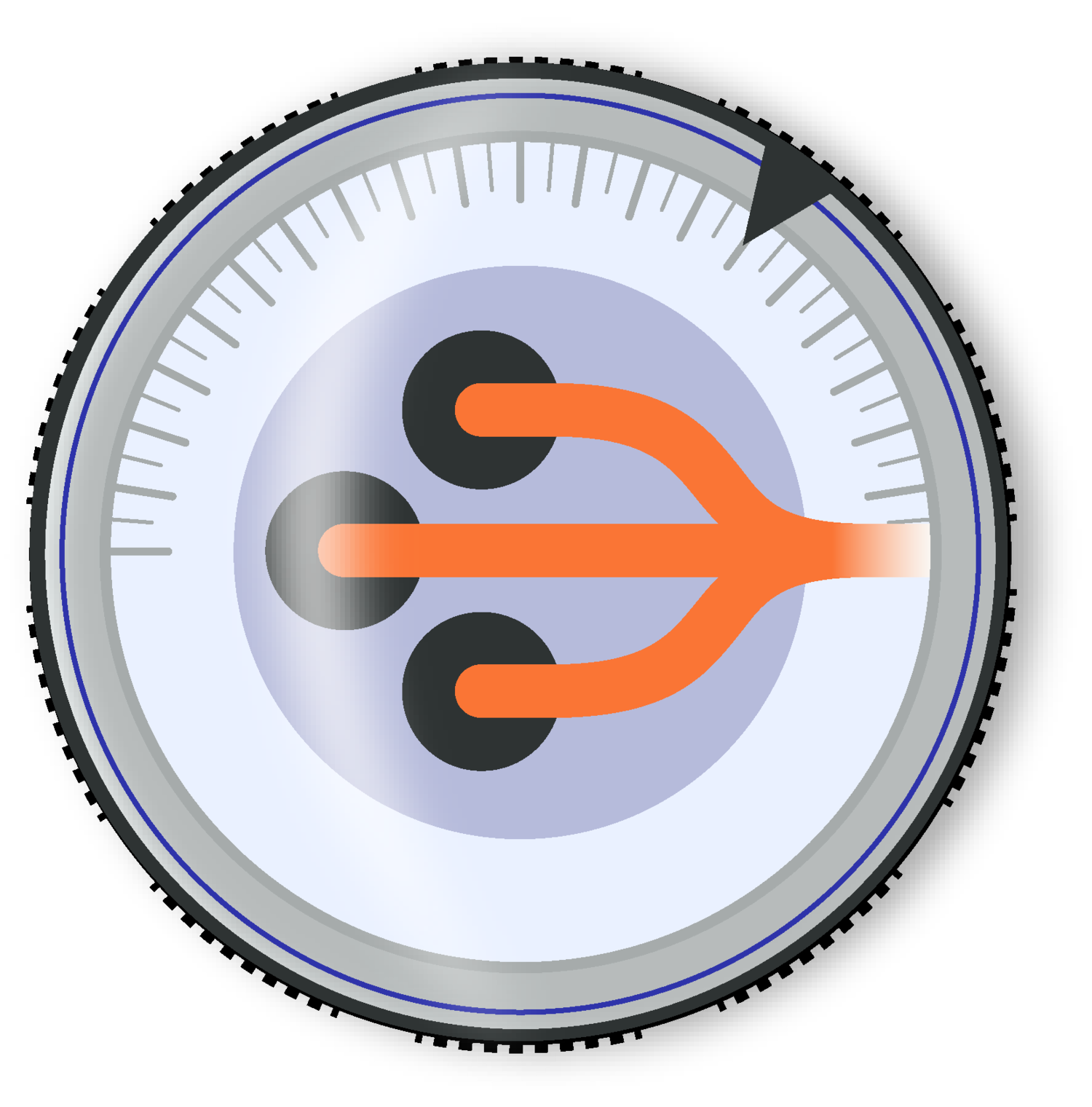targeting Fate-Decision Circuitry of pathogens to develop novel Anti-viral Therapeutics
HIV
For HIV, stochastic noise is now recognized as a major driver of HIV latency in patients (Ho et al., 2013; Rouzine et al., 2014; Weinberger and Weinberger, 2013). Purging the latent reservoir, which requires ‘reversing’ latency, remains the primary barrier to curing HIV.
We predicted that noise could be exploited to promote reactivation of latent HIV. This led to the discovery of a class of noise-enhancing and noise-suppressing molecules (Dar et al., 2014). We subsequently discovered the molecular mechanism of action for a class of these noise-enhancer molecules (Desai et al., 2021).
Exploiting “noise” for cell-fate manipulation.
Identification of small molecules that enhance noise in HIV gene expression. Each point represents flow cytometry analysis of 50,000 cells exposed to a compound; 1,600 FDA-approved compounds are shown.
These noise-enhancer molecules synergize with conventional transcriptional activators and increase their activity, promoting increased latent reactivation (Fig. 2B, below). As FDA-approved compounds, noise enhancers have potential therapeutic application to HIV and possibly other clinically relevant cell-fate decisions.
Noise-Enhancers synergize with known activators to reactivate latent HIV
Noise-enhancer molecules (labeled V12, V13, etc…) synergize with conventional activators (e.g. PMA) and significantly enhance reactivation of latent HIV in a donor-derived human primary cell model. Reproduced from Dar et al. Science 2014.
Cytomegalovirus (CMV):
a major unmet medical need
TEM of enveloped cytomegalovirus virion. Approximately 150nm in diameter.
CMV is the leading known cause of birth defects—causing more birth defects than Down’s syndrome, fetal alcohol syndrome, or spina bifida—and death in transplant recipients (Cannon, 2009). Existing CMV treatments are highly toxic and resistance-prone. By screening for disruptors of CMV’s accelerator circuit (Teng et al., 2012), we identified first-in-class ‘escape-resistant’ therapeutic approach (Chaturvedi et al., 2022).
The transcriptional ‘accelerator’ circuit; a novel antiviral target:
(A) The CMV IE2 protein is one of the first expressed CMV proteins upon infection and reactivation from latency. IE2 is an obligate transactivator of CMV early genes. However, IE2 is also highly cytotoxic at high levels and must auto-repress its own promoter, the Major Immediate Early Promoter (MIEP), to form a highly cooperative negative-feedback circuit that limits expression. (B) This highly cooperative IE2 negative feedback allows accelerated IE2 kinetics but precludes IE2 levels from increasing to levels where IE2 could be cytotoxic (i.e. acts as an accelerator, blue). (C) Accelerating IE2 yields a fitness advantage while disrupting IE2 feedback amplifies IE2, causing substantial cytotoxicity to the host cell and reducing viral output > 100-fold. (Adapted from Teng et al., Cell, 2012)
(Research from the above page is included in US patent application #2014127148)






